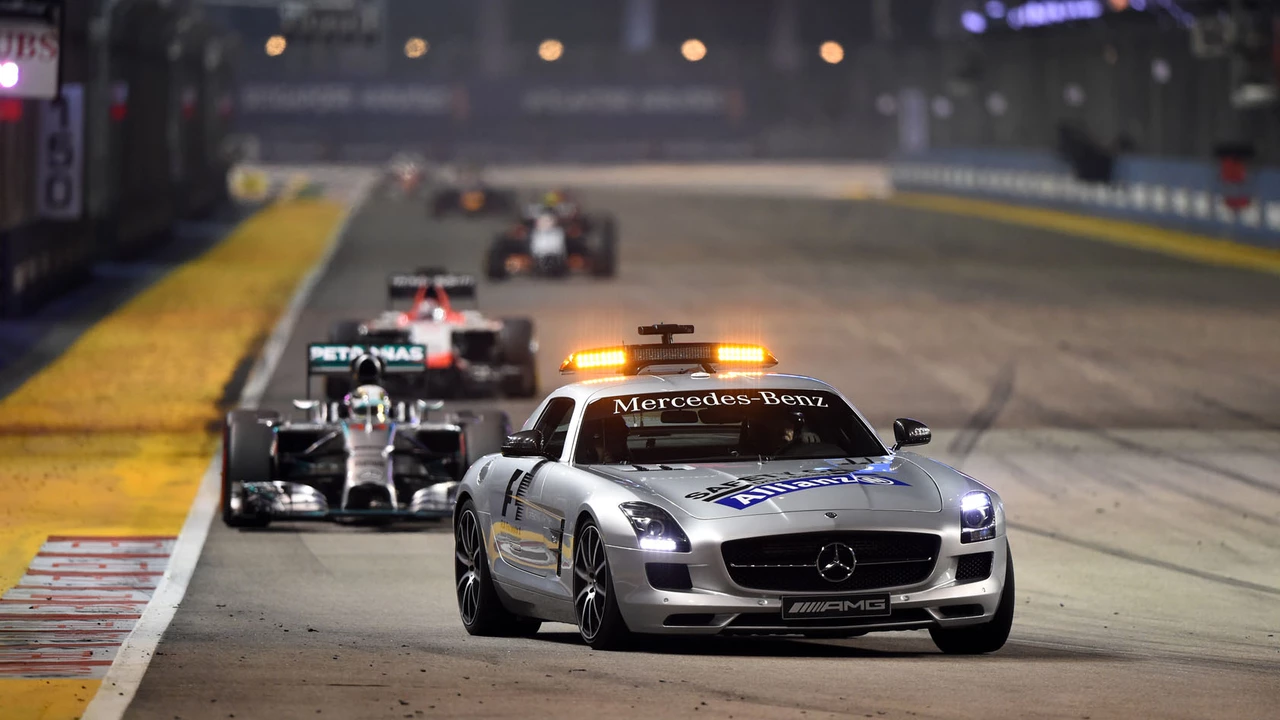How does race driving strategy differ between rally and F1?

Understanding the Basics of Race Driving
Before we delve into the specifics of rally and Formula 1 (F1) racing, it’s important to understand the basics of race driving. At first glance, one might assume that all types of race driving are the same. After all, they all involve high-speed cars, daring maneuvers, and the ultimate goal of crossing the finish line first. However, a closer look will reveal that each type of racing requires a unique strategy, technique, and set of skills. The nuances of each racing type can make a significant difference in the outcome of a race, making it crucial for drivers to understand and master them.
The Thrill of Rally Racing
Rally racing, also known as rally driving, is a form of auto racing that takes place on public or private roads with modified or specially built road-legal cars. The sport is distinguished by its long endurance format where the co-driver and driver navigate through complex courses typically made up of gravel, tarmac, or snow-covered roads. The strategy in rally racing is more about endurance and car preservation than outright speed. A driver needs to be patient, calculating, and willing to push the car to its limits when necessary, but also know when to hold back to prevent unnecessary damage or risk.
The Glamor of Formula 1 Racing
On the other hand, Formula 1 (F1) is a type of open-wheel car racing that originated in Europe and is considered the pinnacle of motor racing. It's characterized by high-speed, technologically advanced cars racing on a mix of public roads and specialized racetracks. Strategy in Formula 1 is about precision, speed, and perfect execution. There's little room for error in F1, and the slightest mistake can result in a significant time loss or even a crash. The driver has to be able to control the car at high speeds, while also making strategic decisions about when to pit, how to overtake other drivers, and how to manage their tires and fuel.
Key Differences in Race Strategy
Rally and F1 racing both require a unique set of strategies due to their different race formats, car setups, and terrain types. In rally racing, the strategy is formed around endurance and the ability to navigate complex routes quickly and efficiently. The driver and co-driver must work together to interpret the route and terrain ahead and decide on the best course of action. On the other hand, F1 racing is all about speed and precision. Drivers must be able to make split-second decisions, often at speeds of over 200mph, while also managing their car's performance and condition throughout the race.
Applying the Right Strategy to Win
Whether it's rally or F1 racing, the right strategy can make all the difference between winning and losing. By understanding the unique requirements and challenges of each type of racing, drivers can develop a strategy that plays to their strengths and mitigates their weaknesses. This requires a deep understanding of the sport, their car, and themselves as a driver. With the right strategy, a race driver can maximize their potential and achieve their racing goals, whether that's winning a local rally race or standing on the podium of a Formula 1 Grand Prix.

Write a comment